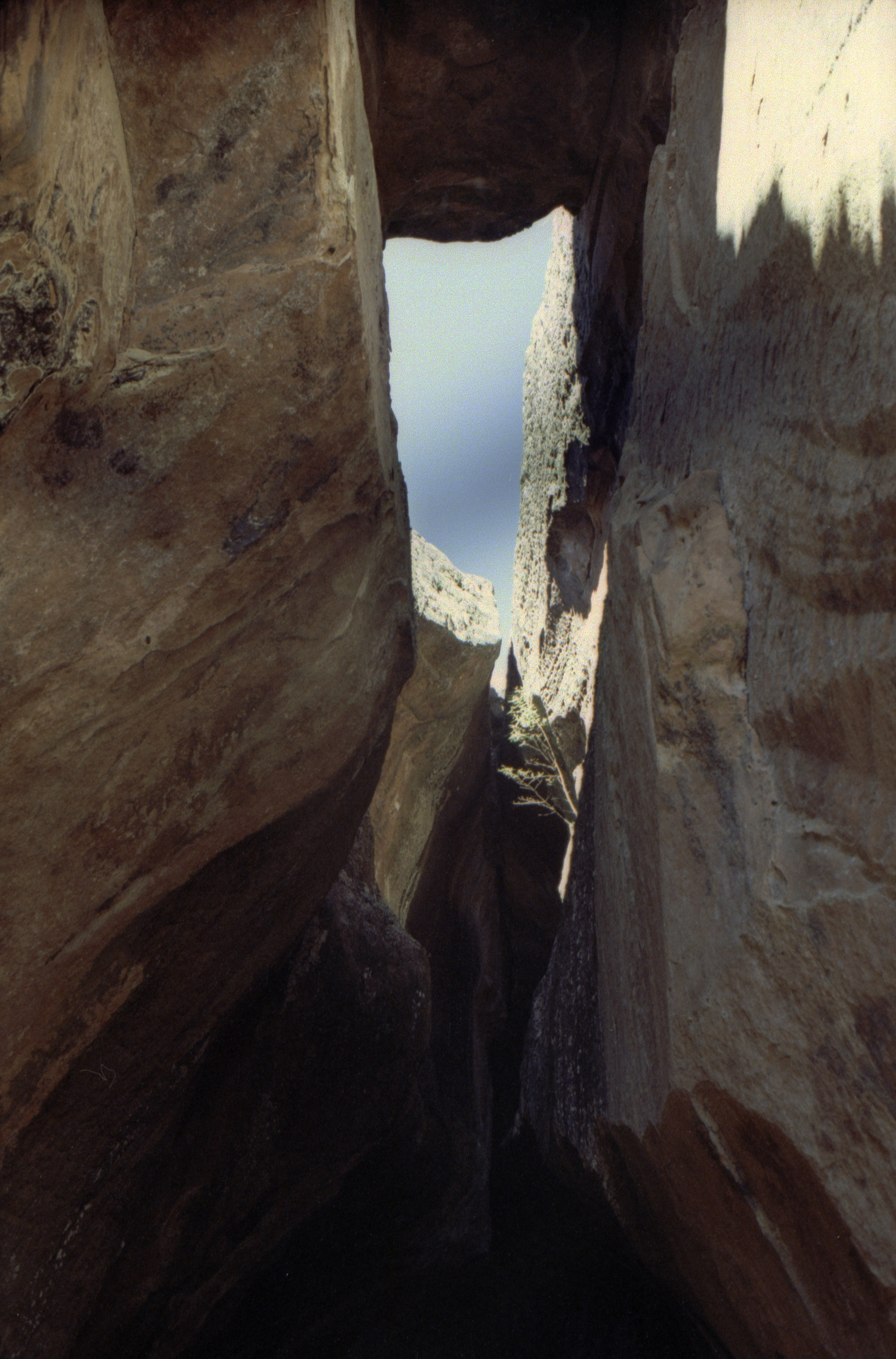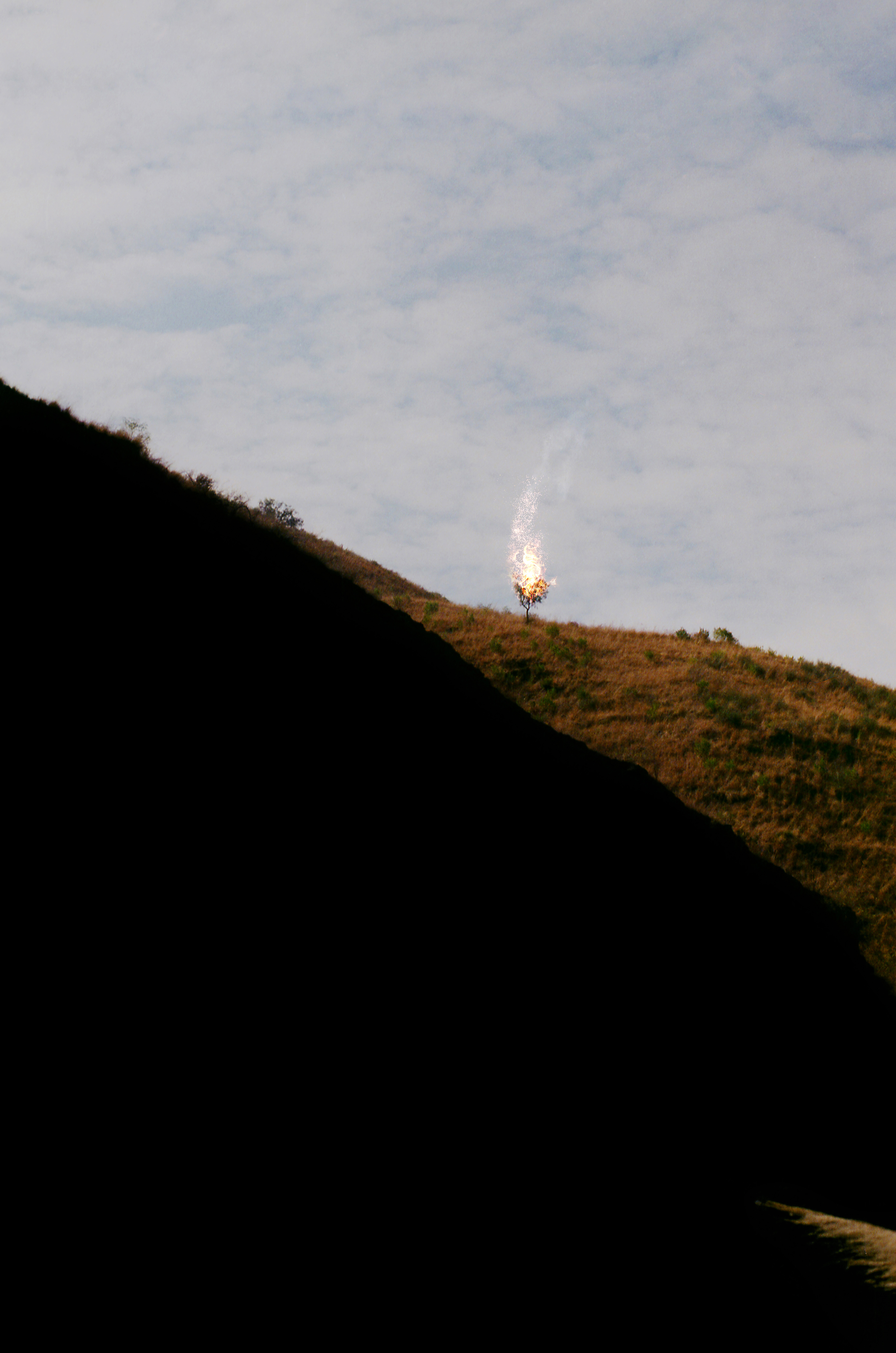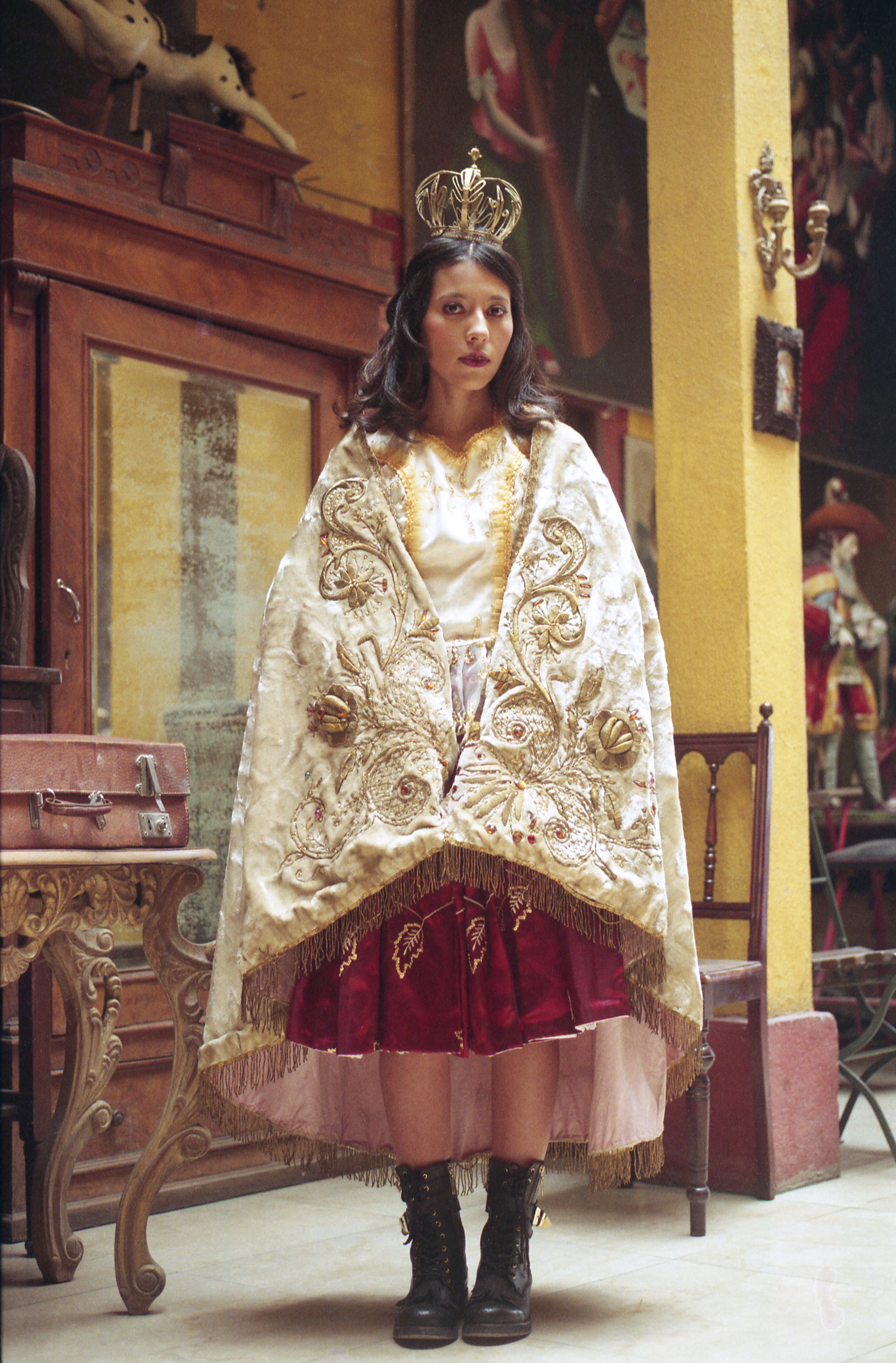
Marisol Mendez’s Madre is a powerful and brave exploration of Bolivia’s cultural and religious landscape, challenging colonial representations of women. The title, published by Setanta Books, is not merely a collection of images but an in-depth exploration of femininity, grappling with rigid religious and cultural interpretations that have historically confined women to polarising archetypes – the holy Virgin Mary or the perceived sinner Mary Magdalene. By intertwining Andean folklore and Catholic iconography, Madre shines a spotlight on contemporary Bolivian identity, reflecting the country’s diverse and multifaceted culture.

The project integrates archival images from Mendez’s family album, transforming them to challenge original meanings and reconnect with the Bolivian artist’s matriarchal lineage. Positioned between fiction and documentary, Madre vividly blends physical and mythological elements, portraying a delicate dance within Incan mythology. It stands as a testament to Bolivian women’s resilience against colonisation, patriarchy, and diverse faiths.

In the following interview, Mendez explores the preconceived biases or prejudices surrounding the women depicted in Madre's portraits, and how these biases are confronted by the intense gaze of the subjects, a gaze that reciprocates that of the viewer.
Interview: Marisol Mendez on what it means to be a woman in Bolivia

Wallpaper*: Could you tell us more about yourself and your experience as a woman growing up in Bolivia? How do those who identify as females struggle with the religious and political background of the country?
Marisol Mendez: My Catholic upbringing and strong faith shaped my early notions of womanhood. In my childhood, I was presented with a standardised, fixed version of femininity. Yet, as I grew older, I encountered diverse perspectives, delving into feminist ideologies and developing visual literacy. This allowed me to understand that, unfortunately, religious dogmas oversimplify the intricacies of womanhood.
These depictions and their complicated interpretations have fuelled a binary and reductive concept of femininity, influencing the establishment of gendered power structures, benevolent patriarchy, and the suppression of diverse sexualities, often resulting in the disenfranchisement of women. This model has also significantly shaped societal perceptions of women, evolving through the centuries via internalisation spurred by religion and colonialism. All this is at the expense of ancestral and indigenous visions and identities.
To this day in Bolivia, most women not only struggle with macho-patriarchal structures but also face racism. Although we’re a pluricultural nation, we have a history of inequality that manifests as the under and misrepresentation of indigenous and mestizo people, especially women.
Through Madre, I delve into the impact of race and religion on the representation of women in my country. Our faith intertwines Catholic ideals with ancient pagan expressions, forming a complex tapestry. The images in the book are intended to contemplate this syncretism. Within its pages, religious iconography and portraits of Bolivian women stand side by side, highlighting the juxtaposition between the enduring nature of effigies and the malleability of flesh, as well as the diverse spectrum of gender.


W*: I can imagine working on something so personal must have taken a lot of courage. What made you gain the strength to put this beautiful body of work together, and how do you feel now that your message is out?
MM: Madre was born out of multiple frustrations. I was angry at the lack of nuanced representations of women, especially in a multi-ethnic and pluricultural country like mine. I was finding it hard to connect to my Bolivian identity and felt helpless in the face of machismo. The project was my way of addressing all these concerns. It allowed me to celebrate the diversity and complexity of my culture while raising questions about patriarchal rule and gender discrimination. Simultaneously, the project became the cathartic experience that allowed me to (re)connect to my female lineage and through it (re)imagine the history of Bolivia.
Approaching the women that make Madre aided with the feeling of alienation. I could see and hear myself reflected in their concerns about the present and hopes for the future. My mother was an active participant in all stages of the project. This contributed to a collective process of nurturing and mothering that embodied acceptance, solidarity, and sorority.
Later, when I stumbled upon my family album, I got a glimpse into my history, and the past opened a window for understanding and redemption. The archival images in Madre depict the women in my lineage. The photographs are brought to life through interventions; some aspects are concealed while others are highlighted and refined. This dynamic interaction between opacity and transparency occupies a central role in my heritage and history, offering a framework for healing. It is my way of commenting on my family history and questioning the hierarchies we assign to images.
Holding the book Madre for the first time, passing the pages, feeling and smelling the paper felt surreal. There was an enamoured sigh, the recognition of a dream come true, a vision embodied. I wouldn’t say this is the final form of the project, as I consider that something like Madre will only continue to grow and transform. However, it did feel like reaching a horizon. I’m especially grateful to my editor, Sofia Krysiak, who trusted the project and became its midwife.


W*: As you spent many hours talking to your subjects, is there a story or stories from them that have stuck with you? Do you now feel a connection with those who you photographed?
MM: From all the wonderful encounters I had with the women in the pictures, I’ll relate one that was especially meaningful as it granted me the strength I needed to continue the project and showed me the magic of believing.
I met Paola at a march against gender violence. I was drawn to her through the large crowd: she seemed to exude confidence and defiance. We met for coffee to get acquainted. She told me about her life, I told her about Madre. We cried together, feeling close and connected. Before that chat with Paola, I had been thinking of giving up on the project. It was logistically demanding, dragging more than progressing, and I felt unmotivated.
After meeting Paola, I remembered what drove me to work on Madre in the first place. The women I met while doing this project came from different walks of life but had something in common: they all had experienced some form of discrimination, belittling, or machismo. By talking to them and making their portraits, I witnessed their resilience and determination; I saw their unbreakable spirit.
During the shoot, Paola embodied the Dolorosa or Our Lady of Sorrows, who’s often depicted as a tearful Virgin. At first, I wanted Paola to pretend to cry; however, when we were doing the photos, she was expressing so much with her eyes that I didn’t deem it necessary to fake anything. When I scanned the image, a tear of light appeared. A miracle: the film cried.
I think I’ll always feel connected to the women in Madre. Their images evoke a sense of tenderness within me. I look at a frame and remember the backstory. Intuition drove me to these women. Making images together forged a bond.


W*: What was your artistic background like before this project? What kind of stories would you like to tell next?
MM: Before I departed from Cochabamba, I was unfamiliar with the language of images, unaware of its potential. My introduction to visual literacy and narrative thinking came during my time in Buenos Aires, where I delved into cinema, and later in London, where I explored the world of fashion.
I hope to continue to expand my knowledge and experience of photography. Through processes like making a book or putting together an exhibition, I’ve acquired more tools and forms of expression for my practice. Lately, I’ve been fascinated with the intersection of different arts. I wish to delve into the moving image, think about the dimension of sound, and explore outside the boundaries of a single frame.
I’ve started my new personal project, Padre. It begins with letters from my grandfather to my father and uncle and delves into the construction of masculinity. The project is still at an early stage, but I can say that I’m thrilled to be investigating and working on another project that moves me and fills me with questions.


Madre, by Marisol Mendez, published by Setanta Books, £40







